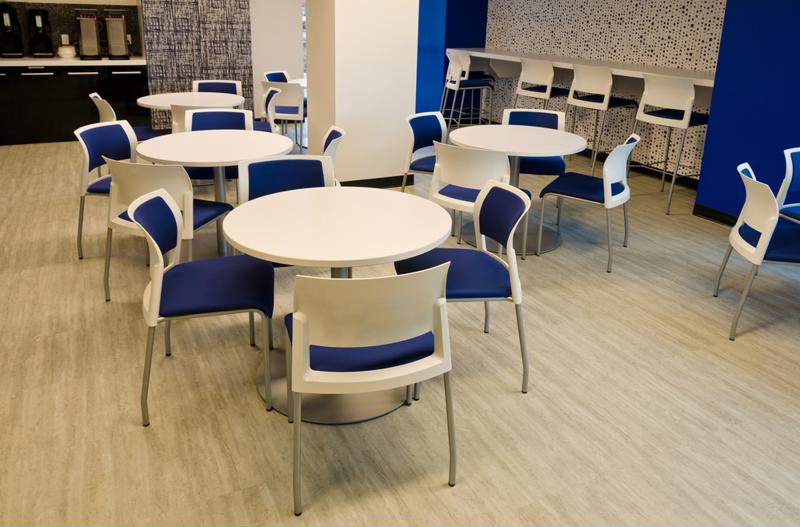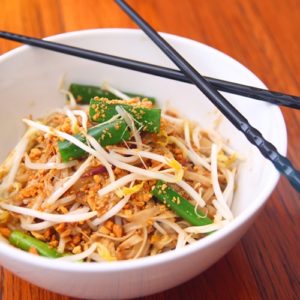If you are enrolled in culinary academy, you must consider where you want to go with your career. While many young chefs long to work in a fine-dining setting, you may instead find the right fit for your skills in less formal surroundings.
Forbes reported that fast casual is a speedily growing sector of the restaurant industry, threatening the market share of dominant fast food chains. Many chefs trained in culinary arts programs have taken notice of this trend in recent years and opened establishments that make up for their lack of table service with high-quality food. Learn more about what makes fast casual appealing to many restaurant professionals, and find out if this approach to dining might offer an exciting career path:
Why fast casual?
As Forbes explained, fast casual restaurants are generally distinguished from fast food by nutritious menu options, more upscale decor and higher costs to the consumer. A fast casual meal costs, on average, $8 to $15. That range situates such establishments squarely in between fast food locations that charge between $3 to $6 for a meal and casual restaurants where a diner pays at least $13.
“Businesses that prioritize environmentally conscious practices have expanded.”
Many fast casual restaurants have gained popularity by presenting food with an emphasis on natural, sustainable ingredients. As the New York Times reported, it’s these distinctive characteristics that make it possible for such establishments to compete with traditional fast food, despite the higher prices. Consequently, businesses that prioritize health and environmentally conscious practices, including LYFE Kitchen, SweetGreen, Tender Greens and Native Foods, have all expanded upon their regional footholds.
Given the many success stories, it’s no wonder that chefs and restaurateurs have been attracted to trying their hands at opening such businesses. Still, as Umami Burger’s Adam Fleischman stated to Eater, getting a new fast casual restaurant off the ground is a tremendous undertaking, regardless of one’s experience or training.
“The tricky thing is that just because you’re a name chef, [it] doesn’t translate into being a fast casual person,” Fleischman said.
 Fast casual establishments may not have table service, but the food is often of high quality.
Fast casual establishments may not have table service, but the food is often of high quality.Current chef-driven concepts
Over the past few years, culinary professionals have risen to the challenge by developing a wide range of approaches to fast casual dining. These efforts involve defining an identity that makes a restaurant stand out from increasingly ubiquitous alternatives. Chefs must create recipes that can then be prepared daily in large quantities across entire chains of restaurants.
Chef Jose Andres, known for his fine-dining contributions at Bazaar and Zaytina, now offers vegetarian meals at the counter of Beefsteak in Washington, D.C. Patrons can create their own bowls from the available ingredients or choose from selections like the kimchi-wa bowl featuring kimchi, rice, corn, carrots, cabbage, edamame, bok choy, scallions, toasted sesame seeds, corn nuts, roasted garlic yogurt sauce and a soy ginger dressing.
Uma Temakeria‘s two New York City locations present customers with a selection of Japanese-inspired sushi, specializing in the hand-rolled, cone-shaped variety called temaki. Other choices include ramen and even sushi burritos. The uma-ritto, for instance, includes salmon, tuna, cucumber, carrots, tempura crunch, sesame seeds and tobanjan mayo. Chef and co-owner Chris Jaeckle was previously known for his work in Italian fine-dining at All’onda, where he remains the executive chef. He explained to Grub Street that he was motivated to delve into sushi by both his passion for the dish and sense of its market potential.
“Over the years, I’ve been thinking about what I can do to make higher-quality Japanese food more accessible,” he said. “My go-to comfort foods are pasta, which I get to make at All’onda, and sushi.”
As Delish noted, some familiar faces from television have made their way into the fast casual trend as well. For example, “Top Chef” judge Tom Colicchio has several Wichcraft locations in New York City, along with others in Las Vegas and San Francisco. All serve fresh, tasty sandwiches like the Bristol Bay wild salmon torta and Cuban-style pork and ham. Wolfgang Puck was in the business since before anyone used the term “fast casual,” and today there are over 80 Wolfgang Puck Express locations nationwide. Tasting Table reported that Carla Hall, who also appeared on “Top Chef” and hosts “The Chew,” is set to open a new venture in New York, specializing in Nashville-style hot fried chicken. This poultry treat is distinguished by its crispy skin, which is immersed in chili oil for added spiciness.
For those chefs who can find the right culinary niche and combination of quality, speed and value, fast casual restaurants can prove highly rewarding. They offer opportunities for both business success and bringing exciting, crowd-pleasing flavors to huge numbers of customers. As you set out on a culinary career, you may find that fast casual dining presents just the challenges and rewards that you are looking for.




